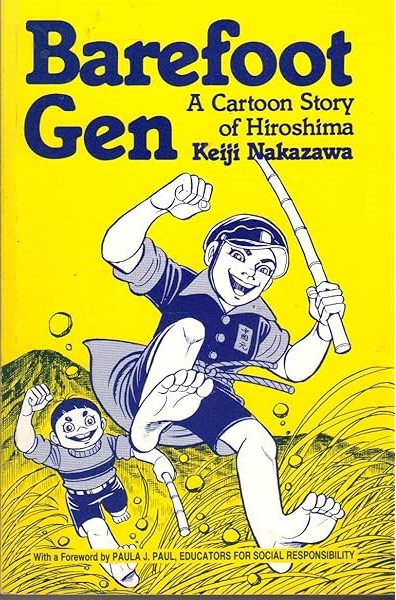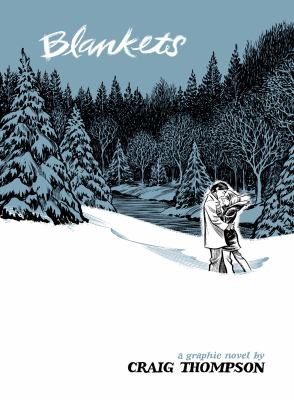Graphic novels can be thought of as illustrated long-form stories, and can cover a variety of subjects. From tales of postmodern antiheroes to renditions of popular fiction, graphic novels have been both celebrated and derided. The IU East Campus Library has developed a collection of graphic novels for both research and reading enjoyment, including a strong selection of nonfiction offerings. Below is a description of just a few of the library’s titles.
Gender Queer, Maia Kobabe
More than a coming out story, Kobabe’s book is an odyssey of gender fluidity. Kobabe, who uses e/er/eir pronouns, uses eir life as a focal point for understanding gender and sexuality from bodily, emotional and relational perspectives. The loosely drawn, invitingly illustrated book is a panoramic view of eir’s life to the time of publication and addresses er nontraditional upbringing, body dysmorphia, asexuality and career concerns as a nonbinary person.
Barefoot Gen, Keiji Nakazawa
Based on the author’s childhood and told from the perspective of Gen, a boy about ten years old, this graphic novel depicts the struggles of a Japanese family living in Hiroshima from April to August 1945. The family confronts desperate poverty, forced separation, beatings from local officials and the terror of regular air raids, yet show remarkable resiliency despite social pressure to conform. The book ends with the Enola Gay flying over Hiroshima, dropping the atomic bomb and leaving tens of thousands dead or permanently disabled.
Blankets, Craig Thompson
Award-winning artist Craig Thompson’s second book is a coming-of-age novel about his upbringing in Wisconsin and a trip to see his girlfriend Raina in northern Michigan. The lushly drawn pen-and-ink sketches trace Craig’s spiritual journey as well, depicting his fluctuating relationship with Christianity through evocative, occasionally abstract illustrations. He also draws his first romantic encounter in equally beautiful terms.
Fun Home, Alison Bechdel
Bechdel uses pen drawings with watercolor washes to depict her upbringing in Beech Creek, Pennsylvania at a funeral home. She and her father’s relationship in particular is portrayed poignantly, with their parallel tracks related to sexuality and attempting to express themselves from a young age. Bechdel retells her family’s life in episodic fashion, tracing key moments of her childhood and corresponding them at points with her father’s similar experiences.
Graphic novels, as rewarding as they can be for improving literacy and exposing readers to new and necessary perspectives, are also among the most frequently banned books. Each of the books profiled here has been banned, along with numerous other nonfiction graphic novels such as Maus and Persepolis available at IU East. Checking out banned books and reading them is one of the most important things people can do in order to keep these books, and others like them, on library shelves. Organizations such as the Comic Book Legal Defense Fund have been supporting authors, libraries, bookstores and readers since 1986. PEN America and the American Library Association have also developed materials to help preserve the freedom to read and keep graphic novels in library collections.
Interested in reading (or writing) a graphic novel? Want to know more about book challenges in communities of all sizes? Curious about the educational value of graphic novels? Ask us! iueref@iue.edu or click this button:






